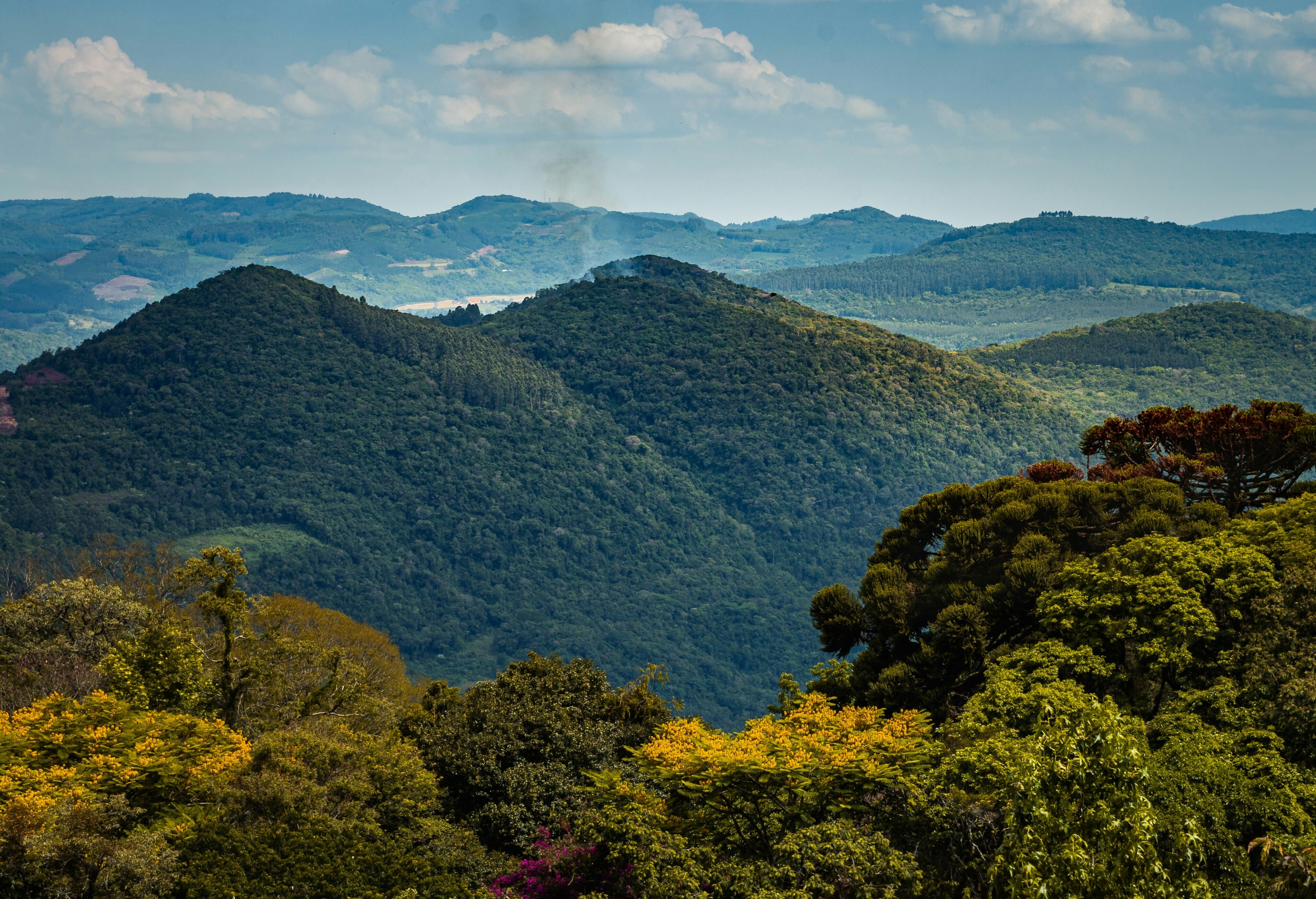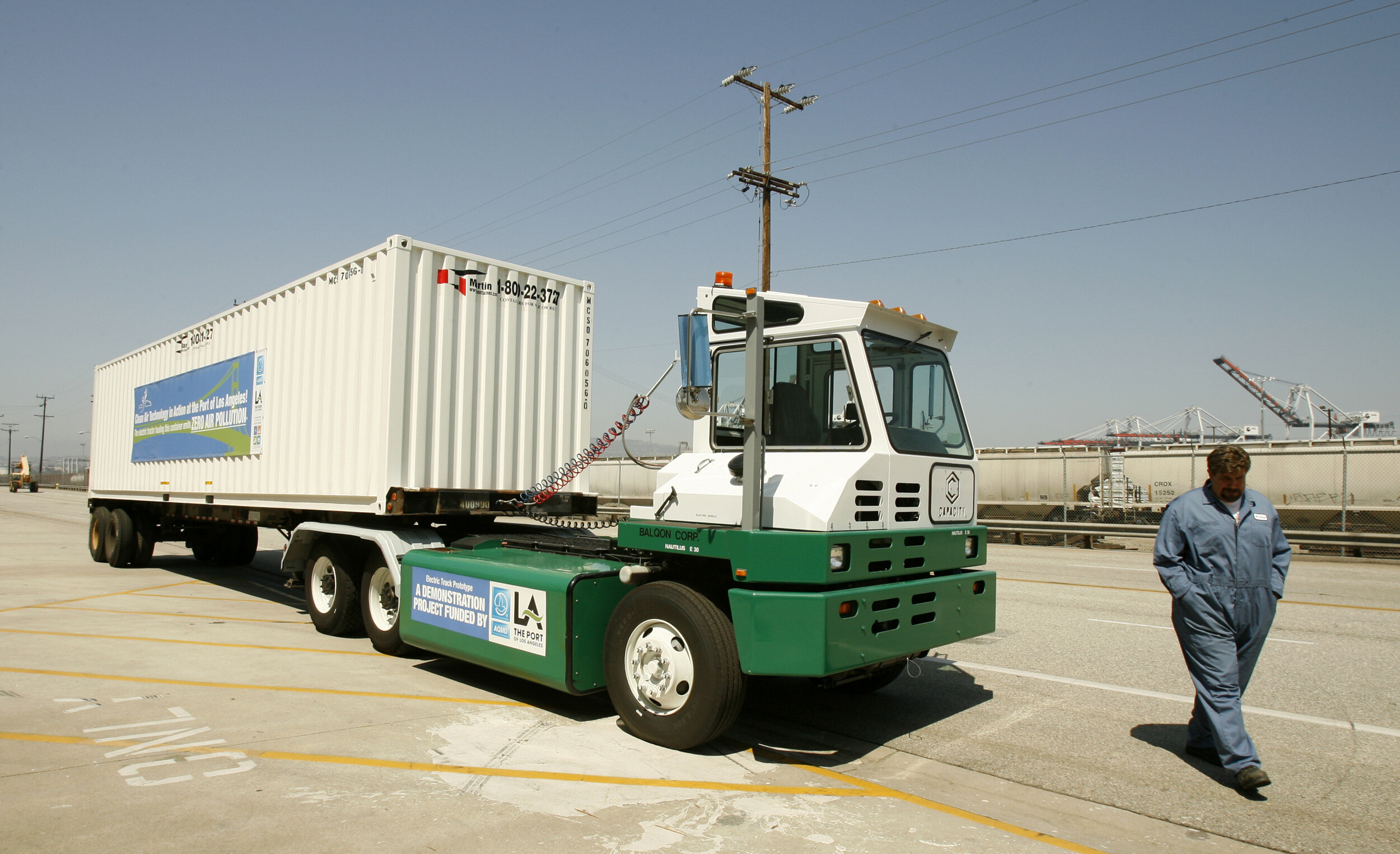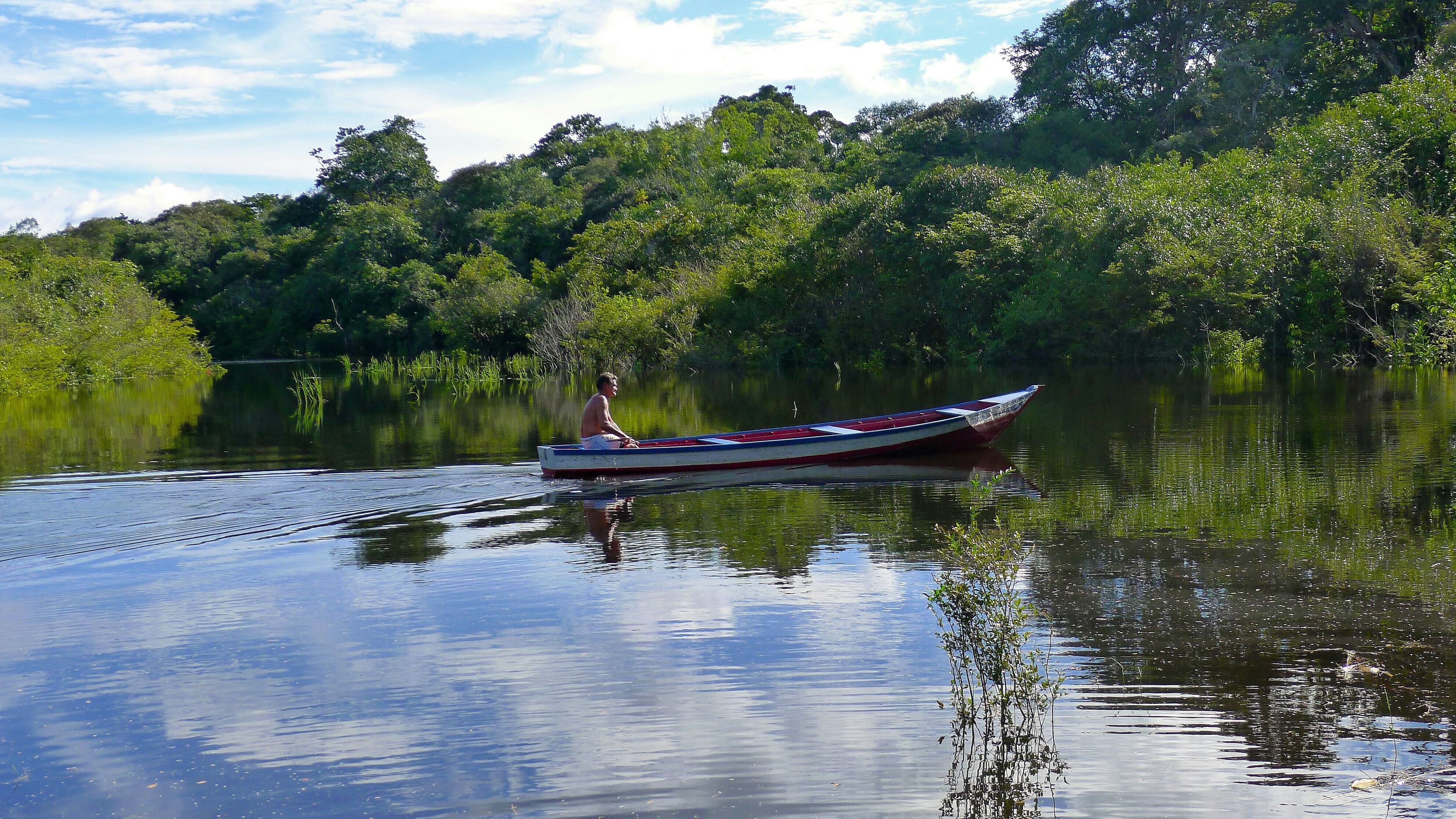How doubling conservation efforts could tackle emissions and create millions of jobs

Millions of jobs could be created by focusing on sustainable and green development. Image: Unsplash/veeterzy
- Natural capital provides multiple benefits to life, but human activity can destroy its inherent value.
- In light of this, there are calls to conserve 30% of the planet’s surface.
- Global management consultancy McKinsey has devised a way to locate the planet’s regions richest in natural capital.
- Converting these regions to conservation areas would be expensive but the economic and social benefits are estimated to be threefold greater.
From declining animal populations to increasing water use, warning signs about our impact on the planet are all around us.
And data suggests this impact is unsustainable. By August 22, 2020, it was estimated we had used up our annual ecological budget for the year - a day calculated each year and known as Earth Overshoot Day. And each year this day is reached earlier and earlier.
But what if, beyond the environmental necessity, we could work out the real economic benefits of protecting our planet?
The value of nature
Back in January, the UN Convention on Biological Diversity proposed a post-2020 global biodiversity framework that included the target to protect at least 30% of the planet - land and sea - by 2030.
Global management consultancy McKinsey has devised a methodology that aims to assess the world’s surface to find regions that, given over to conservation, would have the greatest impact on climate, jobs and health.
“Acting as the planet’s balance sheet, natural capital provides critical services and resilience. It supports water cycles and soil formation while protecting our communities from major storms, floods, fires, and desertification,” says the Valuing Nature Conservation report.
“By absorbing CO2, it limits the pace of climate change. Biodiversity, a core component of natural capital, supports activities as wide-ranging as pharmaceutical innovation, ecotourism, and crop pollination.”
Mapping the planet
Using advanced geospatial analysis and dividing the planet’s surface into ‘pixels’ (5km x 5km on land and 30km x 30km on water), the team at McKinsey surveyed around six million pixels on our planet.
This global map was then overlaid with thousands of data layers covering a range of variables (such as biodiversity, carbon stock and human footprint).
This allowed the team to establish a baseline of existing Protected Areas, then apply six scenarios that would result in conservation of 30% of the planet and quantify the potential impact this extended conservation area would have on the economy, human health, climate and biodiversity.
From this, estimated operating costs of doubling the world’s current conservation regions could be calculated.
Economic benefits
And the findings are quite remarkable. While the report found that doubling conservation regions could require an additional $20 billion to $45 billion a year, “the economic benefits from ecotourism and sustainable fishing alone could outweigh these costs by at least three times”.
It could potentially reduce atmospheric CO2 from 0.9 gigatons to 2.6 gigatons annually by way of avoiding deforestation and promoting natural forest regrowth (this would provide between 4-12% of the annual CO2 reductions needed by 2030 to limit global warming to 1.5C).
Extended conservation regions would also create anywhere from between 400,000 and 650,000 jobs in conservation management with potentially 30 million jobs created in ecotourism and sustainable fishing, supporting local economic growth by up to $500 billion in GDP.
Slowing ecosystem fragmentation would lower risks of zoonotic diseases and grow the habitat of threatened species by 2.2 to 2.8 times.
And while expanding Protected Areas would, of course, require trade-offs, such methodology should allow stakeholders to explore pros and cons in a systematic and data-driven way.
Making the case for change
“Expanding natural-capital conservation locally and globally would require concerted action by multiple stakeholders,” says the report, which identified four ways stakeholders could use the analysis.
- Private-sector organizations could expand efforts to understand the growing risks to supply chains and operating assets from the loss of natural capital - and identify nature-conservation investments to mitigate these risks.
- National governments could use this methodology to better understand the investment case for expanding nature conservation.
- Intergovernmental organizations can use analytics to identify conservation targets, support national governments in making conservation investment decisions, and promote international dialogue.
- Conservation practitioners and donors could use this approach to identify areas to invest in.
While turning over 30% of the world’s surface to conservation by 2030 may be ambitious, the World Economic Forum’s Great Reset initiative highlights that there is no better time than now for global leaders to push forward with a sustainable agenda.
Other Forum programmes such as the UpLink platform and 1t.org initiative are helping crowdsource solutions to the world’s most pressing problems and facilitating public-private partnerships for nature-based solutions.
As McKinsey’s analysis shows, the positive impact of committing to change within the next decade would far outweigh the costs.
Don't miss any update on this topic
Create a free account and access your personalized content collection with our latest publications and analyses.
License and Republishing
World Economic Forum articles may be republished in accordance with the Creative Commons Attribution-NonCommercial-NoDerivatives 4.0 International Public License, and in accordance with our Terms of Use.
The views expressed in this article are those of the author alone and not the World Economic Forum.
Stay up to date:
UpLink
Forum Stories newsletter
Bringing you weekly curated insights and analysis on the global issues that matter.
More on Climate Action and Waste Reduction See all
Laia Barbarà, Christin Martens and Nasim Pour
November 21, 2025










